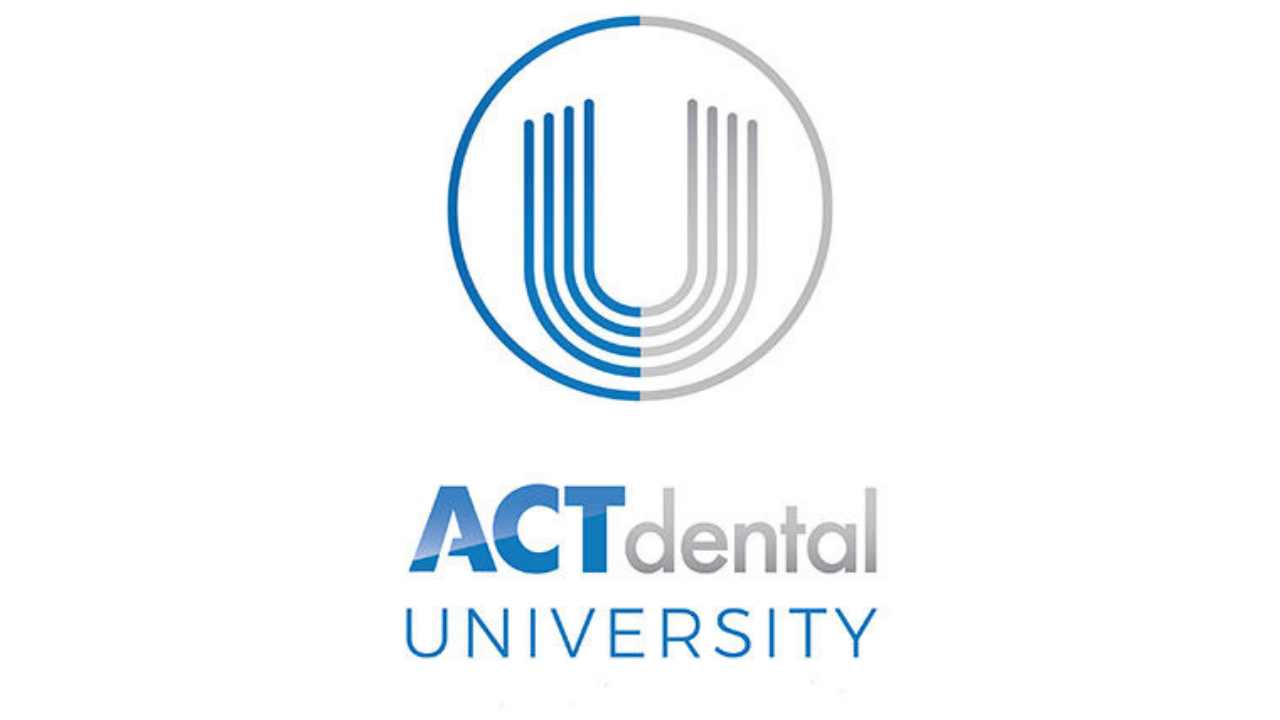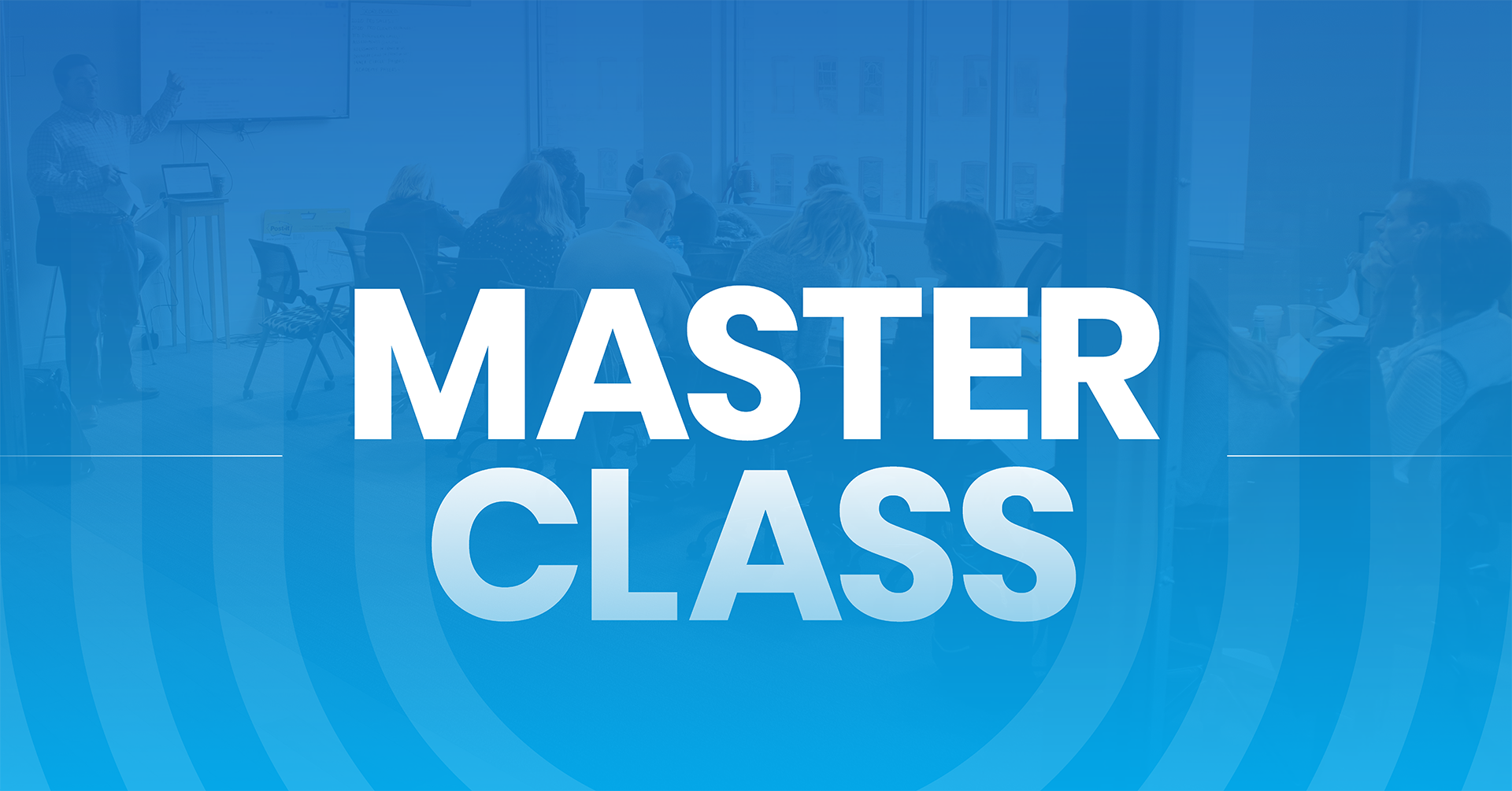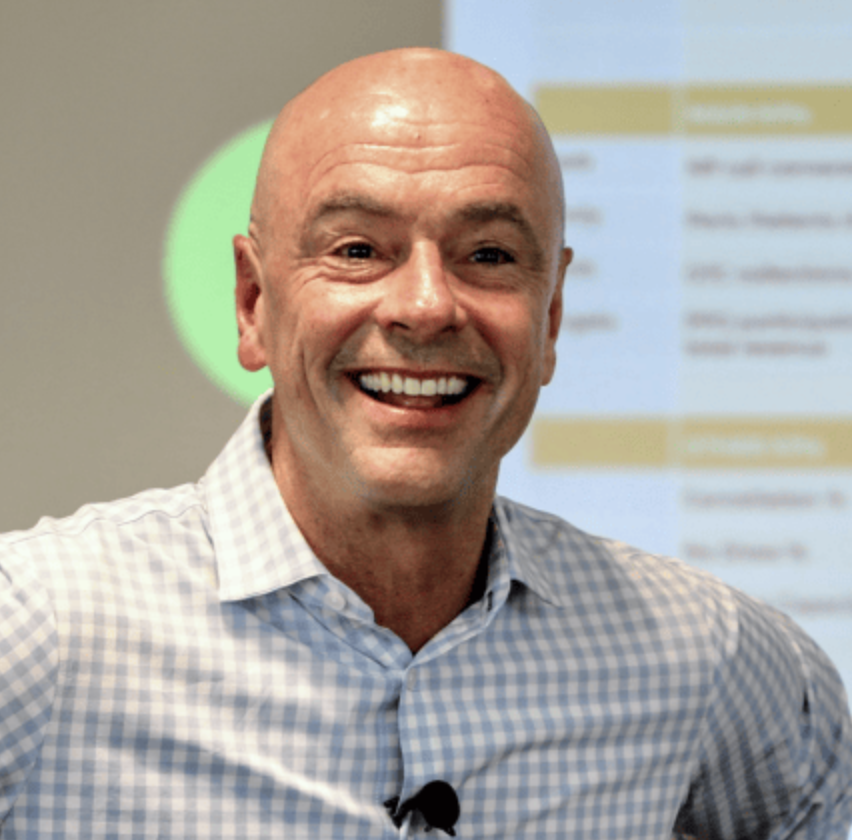Most dentists would agree that wear patients are the most difficult dental patients to treat. Yet, you probably see such patients on a regular basis, so there’s no avoiding the fact that you need to understand how to help them.
In a recent episode of The Best Practices Show, Dr. Bill Robbins shared some incredible insight on the thought process behind this major challenge in restorative dentistry. If you want to watch the entire interview, you can view it here. Fortunately, there are actually nine ways you can treat these patients, which he shares that cover every unique situation you encounter with those patients you care so much about.
9 Ways To Treat The Most Difficult Dental Patients
Although there are nine ways to treat the most difficult dental patients in total, we can break them down into three subgroups. These first five will refer to specific situations. Then, we’ll cover three general approaches that will work for most patients. Finally, we’ll end with one very important tip every dentist should be utilizing.
1. No Treatment

It’s important to remember that sometimes, “no solution” is actually the best solution, even for the most difficult dental patients. You don’t always have to do something. There are times when inaction is better than action.
This is primarily true for lower incisors with significant wear, though the principle can apply to situations regarding other teeth, as well.
When I spoke with Dr. Bill Robbins, the highly experienced dentist and author of Global Diagnosis, he mentioned that this was actually something he learned during the 70s and 80s, simply because there weren’t as many solutions to choose from back then.
For example, when he was doing full-mouth rehabilitation, there weren’t great solutions for patients whose lower incisors had seen a lot of wear. Full coverage was a potential solution, but the problem was that it would remove far too much of the teeth’s structure, which would leave them vulnerable to fracturing down the road.
The reconstructions he used to do in those situations would involve 24 teeth instead of 28, leaving those four lower incisors alone.
This remains a legitimate option.
If a patient doesn’t want to have orthodontic intrusion done to move the teeth into the correct position for porcelain veneers so they achieve proper incisal edge position, then it’s probably best to “proceed” without doing anything.
2. Reshaping Opposing Teeth
Sometimes, your biggest challenge with the most difficult dental treatments is that certain teeth get in the way of the actual tooth/teeth causing the problem. Again, this is especially true with the super erupted lower incisors, which can often be very tricky.
A lot of times, older patients have upper teeth with significant wear and lower incisors that are super erupted.
If you only focus on those upper teeth, it may seem like this is one of those problems with no solution. This is why it often helps to think outside the box.
You may be able to shorten the lower teeth, thereby making room to work on the upper teeth. This is a common solution nowadays when dealing when working with composite rather than porcelain.
3. Removing Teeth That Are In The Way
If a tooth gets in your way, one solution is simply to get rid of it.
Once again, we’re primarily talking about those challenging lower incisors that have become worn. At some point, the damage may be so extensive that there’s no point in trying to address it with crown lengthening, functional crown lengthening, full coverage or any other common procedures. Unfortunately, these “solutions” are really just temporary fixes.
You’re better off removing them, inserting implants, and applying a bridge in tandem with any other solutions the case calls for.
4. Surgically Facilitated Orthodontic Treatment
This is a classic solution that has evolved over the years.
Today, the segmental osteotomy isn’t done as much as surgical facilitated osteotomy treatments are. The former was the traditional solution, one that was practiced for roughly 30 years whenever a whole segment of teeth had become super erupted. This form of maxillofacial surgery was used to make vertical and horizontal cuts, impact, and stabilize this segment of teeth.
Once it was stabilized, it could be corrected back to its proper position.
Today, it’s better to use surgically-facilitated orthodontic treatment.
This modern method is done in combination with surgical procedures where the surgeon makes cuts that will eventually allow teeth to more efficiently move through the bone for two to four months after the surgical insert was done. It’s also a far less aggressive approach.
5. Creating Necessary Room For Restoring Contour And Length
This is a very specific solution for a very specific situation: a CR MI slide.
Sometimes, when you have a wear patient, you’ll find that there just isn’t any room to restore incisal edge length.
The solution may be to carry out an equilibration. After doing so, you should find that the MI and CR are now in coincident but in a more posterior position. That should provide you with the necessary room to restore incisal contour and length, which the patient didn’t have when their teeth were in that end-to-end position.
This solution is only an option for dentists who have the skills required to manipulate their patients into a centric position. That will allow them to evaluate if there is enough of a CR-MI discrepancy to create that kind of restorative space, to begin with.
Now, we’ll move on to the three primary treatment options for the most difficult dental patients. This is for those with dentoalveolar extrusion, meaning they have wear but are also dealing with teeth that have moved into the wrong place.
Keep in mind, too, that, sometimes, it will be necessary to use more than one – even all three – of these solutions on the same patient.
6. Restoration In An Increased Vertical Dimension
This is a classic solution, though conventional wisdom surrounding it has changed within the last four years or so.
Until recently, the vertical dimension was viewed by many dentists as a “sacred” position, one that no dentist should ever try to adjust.
However, within limits, the vertical dimension can – and, in some cases, should – definitely be adjusted, especially with the most difficult dental patients because of the wear they’ve sustained.
That said, this isn’t something that should be done without the use of an articulator, which is necessary for finding the proper vertical dimension of inclusion. In other words, this is work that needs to be done in the laboratory first, not the patient’s head.
There are three main components for figuring out the right vertical dimension:
- What anatomically-correct teeth should look like for the patient
- A good interincisal angle (usually between 100 and 130 degrees)
- A posterior-anterior posterior inclusion plane that will be level without a step up or down
7. Functional Crown Lengthening
Next, we have another classic. This is, by far, the oldest solution on this list.
However, it’s still a legitimate choice in situations where the patient has so much wear that there is no longer enough crown height to get the retention and resistance necessary for the final full-coverage restoration.
8. Orthodontic Intrusion
This is Dr. Robbins’ favorite method, but it’s also one that has recently been revamped. That’s because, nowadays, you can intrude from 1 to 14 teeth in an arch because of TADs or skeletal anchors.
According to Dr. Robbins, “The primary purpose of adult orthodontics is to decrease the restorative compromise.”
He mentions that there are two reasons for this. The first is that he can commonly restore fewer teeth after orthodontics than if orthodontics wasn’t accomplished. The second big advantage is that if teeth are moved into the correct positions, restorations can be more conservative.
9. Prevention

Finally, while this isn’t actually a solution you can use for someone who’s already a wear patient, it’s possible to keep people from becoming them in the first place.
This must begin in childhood.
One of the best things dentists can do for the most difficult dental patients is look for the warning signs that they are in the early stages of damaging their own teeth. This would include things like:
- Minor Wear
- Bruxism
- Erosion
That’s not all.
Other warning signs related to poor sleep habits should raise red flags. For example, if a young patient has dark circles under their eyes, it’s likely they’re not sleeping well.
You can also confirm with the parents. Ask them if their child does one of the following:
- Sleeps with their mouths open
- Snores
- Grinds their teeth while they sleep
These behaviors have consequences and should not be ignored. They are not things that patients will simply get over as they grow.
If more dentists invested in active prevention, there would be less need for the other eight steps on this list.
Utilizing These Options With The Most Difficult Dental Patients
Again, the most important step forward is to place a greater emphasis on prevention. However, when it’s too late, you now have eight other powerful options for restoring these patients’ teeth and ensuring they are able to live in comfort.
If these aren’t solutions you are currently familiar with, now is the time to start adding them to your repertoire.
For more information on Dr. Bill Robbins, his book and his courses:
Categories

Get access to the best dental educators on the planet to bring you "best practices" and help you become the dentist you were called to be. Watch what you want, when you want it. It's 24/7 on-demand access. Friday's we host "Master Classes" with the very best dental speakers you will ever see.

Reserve your spot at the next ACT Dental Master Class
Learn From One of the Best Educators During Our BEST PRACTICES MASTER CLASS Experience.
Kirk Behrendt
Kirk Behrendt is a renowned consultant and speaker in the dental industry, known for his expertise in helping dentists create better practices and better lives. With over 30 years of experience in the field, Kirk has dedicated his professional life to optimizing the best systems and practices in dentistry. Kirk has been a featured speaker at every major dental meeting in the United States. His company, ACT Dental, has consistently been ranked as one of the top dental consultants in Dentistry Today's annual rankings for the past 10 years. In addition, ACT Dental was named one of the fastest-growing companies in the United States by Inc Magazine, appearing on their Inc 5000 list. Kirk's motivational skills are widely recognized in the dental industry. Dr. Peter Dawson of The Dawson Academy has referred to Kirk as "THE best motivator I have ever heard." Kirk has also assembled a trusted team of advisor experts who work with dentists to customize individual solutions that meet their unique needs. When he's not motivating dentists and their teams, Kirk enjoys coaching his children's sports teams and spending time with his amazing wife, Sarah, and their four children, Kinzie, Lily, Zoe, and Bo.
RECENT POSTS
Data Snapshot: Diagnostic Percentage
December 05, 2025
978: Unfair Care – Dr. Bryan Laskin
December 05, 2025
The Secret To Getting Patients To Say Yes: Lead With The Headline
December 01, 2025
976 (877 Replay): Metric Mondays: What is Your “Production Story”? – Dr. Barrett Straub
December 01, 2025
4 Steps to Eliminate your Overdue Account Problems
November 28, 2025
975: Revenue Reality: Mastering Production & Write-Offs – Miranda Beeson
November 28, 2025
974: Where is the Profit Hiding? – Christina Byrne
November 26, 2025
What Really Holds You Together?
November 24, 2025







